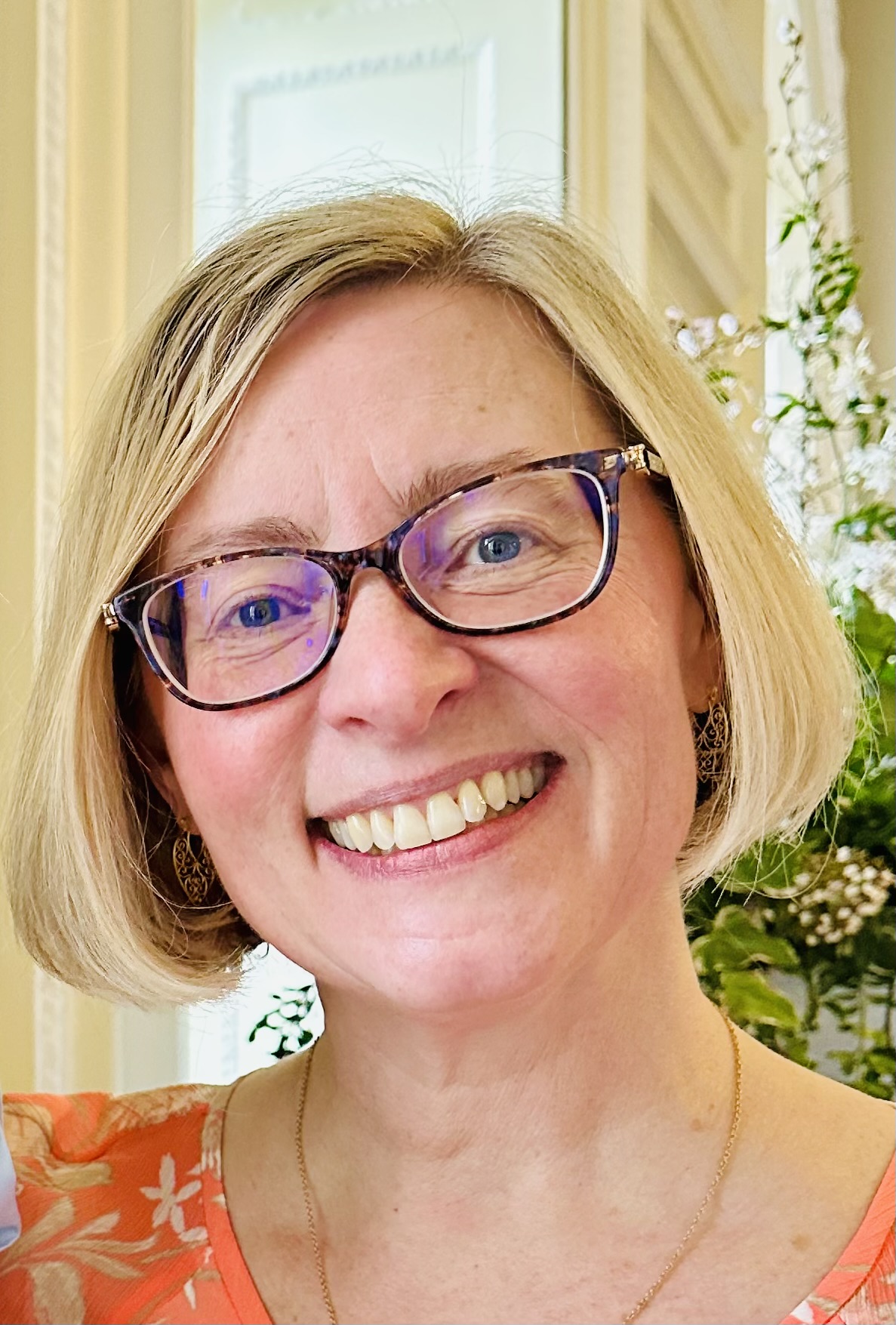Holly Lomheim retires after 30 years of dedication to people who stutter
17 September 2024
 A proud member of the very first graduating class in the University of Alberta’s master’s degree in speech-language pathology in 1994, Holly Lomheim was drawn early in her studies to work with people who have communication disorders. But it wasn’t until she met Einer Boberg, who taught a course in fluency — and witnessed the final speeches from clients at the Institute for Stuttering Treatment and Research — that she knew she wanted to focus on working with people who stutter.
A proud member of the very first graduating class in the University of Alberta’s master’s degree in speech-language pathology in 1994, Holly Lomheim was drawn early in her studies to work with people who have communication disorders. But it wasn’t until she met Einer Boberg, who taught a course in fluency — and witnessed the final speeches from clients at the Institute for Stuttering Treatment and Research — that she knew she wanted to focus on working with people who stutter.
“I could not believe the progress that these courageous clients made in three short weeks and it seemed magical,” she recalls. “I eagerly signed up to be a trainee in the clinic in January 1994.” Lomheim quickly discovered that “magic” was thanks to a great deal of dedication and hard work on the part of clinicians and the clinic co-ordinator, but most of all the clients themselves. In October of that year, Lomheim was invited to apply for a clinical position at ISTAR.
As she gets set to retire as clinic director 30 years later, she looks back with gratitude on her decades at the Faculty of Rehabilitation Medicine and ISTAR. “I think that I have learned more from my clients and students than perhaps they have learned from me,” she says. “I have also had the great fortune to have been mentored by amazing clinicians and wonderful human beings in the course of my career.”
This is also a time of imagining the future — both hers and that of the programs at ISTAR. We spoke to Lomheim about the changes she has witnessed over the years and what she’d like to see happen in the years to come.
Have you witnessed any change in the attitudes of people toward those who live with stuttering?
At ISTAR we have four main missions: to provide effective therapy to all people who stutter, train clinicians to deliver quality stuttering therapy, conduct research into the cause and nature of stuttering and to educate the public about stuttering.
In addition, in our Comprehensive Stuttering program, we integrate the notion that clients can manage moments of stuttering to speak with ease and enjoy talking as well as developing positive attitudes about themselves as speakers. We also talk with clients about how, if they choose to do so, they can help educate others about stuttering and how the general public can more accurately perceive stuttering. Over the years, I think there have been changes in how people perceive stuttering, but there is still work to be done.
How can people who don’t stutter help support those who do?
I think the best thing is to be accepting, respectful and patient. Keep natural eye contact and respond to what they are saying, not how they are saying it. Treat everyone you encounter — whether they have communication difficulties or other differences — the way you would like to be treated.
What are some of your proudest career moments?
I have many fond memories of my time at ISTAR and it would be hard to pick a best memory. However, I have loved building relationships with my colleagues, students, clients, donors and volunteers. I have had the privilege to work with clients who stutter for 30 years and have been a witness to courage in action. I am most proud of the clients — the progress they make and the trust they put in our hands. The culture that we create at ISTAR is so unique and powerful. I am very proud of that too. Clients return to us to share their successes years after they take therapy and I remember them all with fondness.
What would you like to see happen in ISTAR’s future?
I would like to see ISTAR continue to thrive and grow. I firmly believe the Comprehensive Stuttering program that Einer Boberg, Deborah Kully and Marilyn Langevin developed — and I contributed to — is a quality, evidence-based therapy approach. Having said that, it is important to be progressive and flexible and to adapt based on what is appropriate for our clients and what evidence we have to support that change. I would like ISTAR to stay true to its roots but also to stay current and help as many people as it can to develop and increase communication confidence.
What comes next for you?
I am not sure! During my time at ISTAR, I have had such amazing experiences travelling, conducting research, publishing articles, delivering webinars, training fellow clinicians and students and treating clients. I have been blessed. I have lived and breathed this work for 30 years and for many years, it has been my first priority. I would like to take a moment to breathe and create space in my life for new opportunities to come in. I look forward to the adventure.